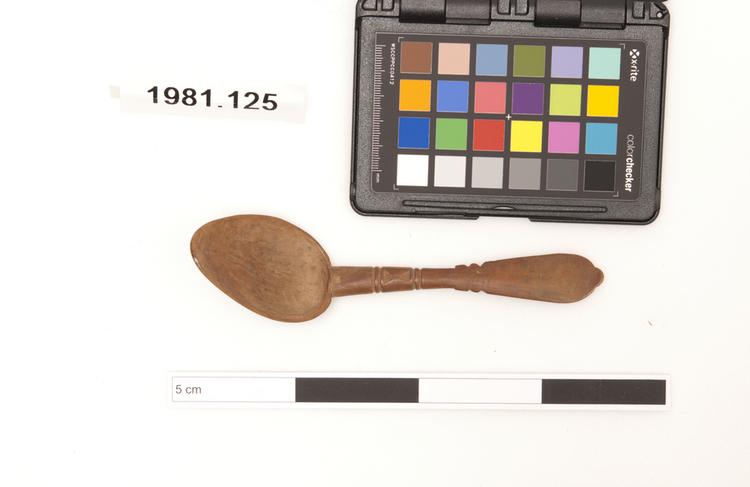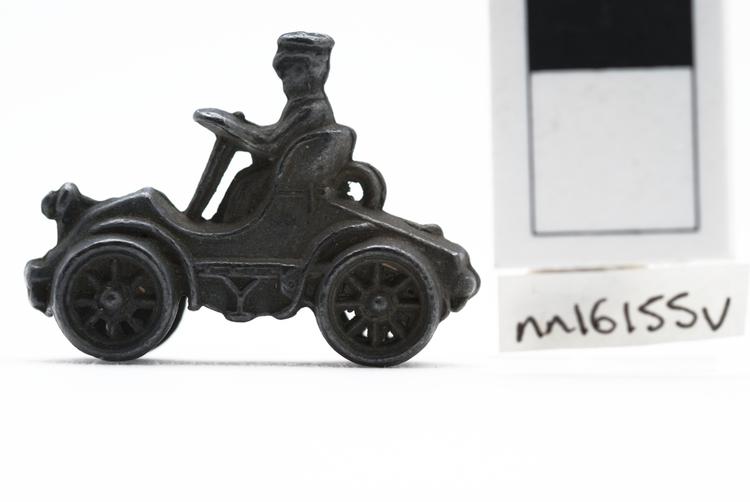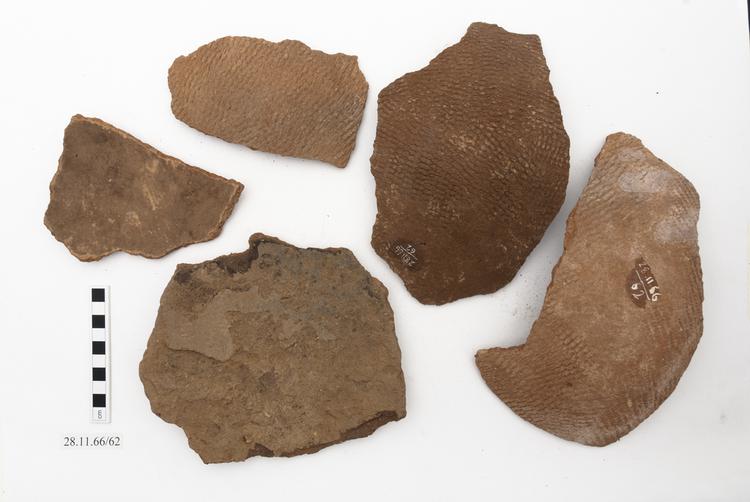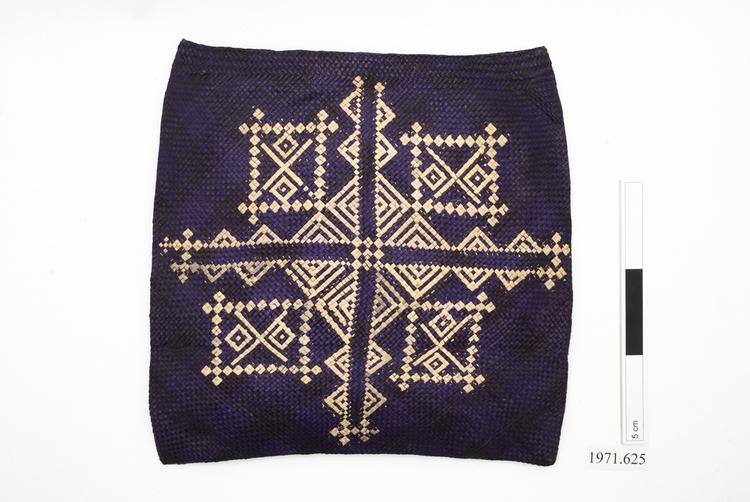

One piece spear of type ‘tala o le lo’, comprising a tip of six rows of three barbs, above twelve elements of doubly barbed triplets of spikes facing upwards and downwards. At two points in this succession of forms, the shaft thickens to a triangular prism, which is scored longitudinally and inlaid with lime. Mallon (2002; 96) writes “these spears were termed tala o le lo (the spine of the lo fish), and they were the most prized, due to the amount of work that was invested in making them”.
Barbed Spear, Tala o le Lo, Samoa, Western Polynesia This type of Samoan spear is named tala o le lo, meaning the barbed tail of the lo (Siganus vermiculatus, the Rabbitfish). Impressively carved from a single piece of the unique indigenous pau wood (Manilkara samoensis), the arrangement of barbs pointing both upwards and downwards ensured it was as deadly during removal as it was on the initial wounding. Perhaps more importantly, the forward-pointing barbs enabled the Samoan warrior (toa) to use his tala o le lo to parry and deflect other spear and club strikes in a way that other spear designs could not. Wood. Mid 19th Century. Formerly in the private collection of Captain A. E. Straw.
fighting






